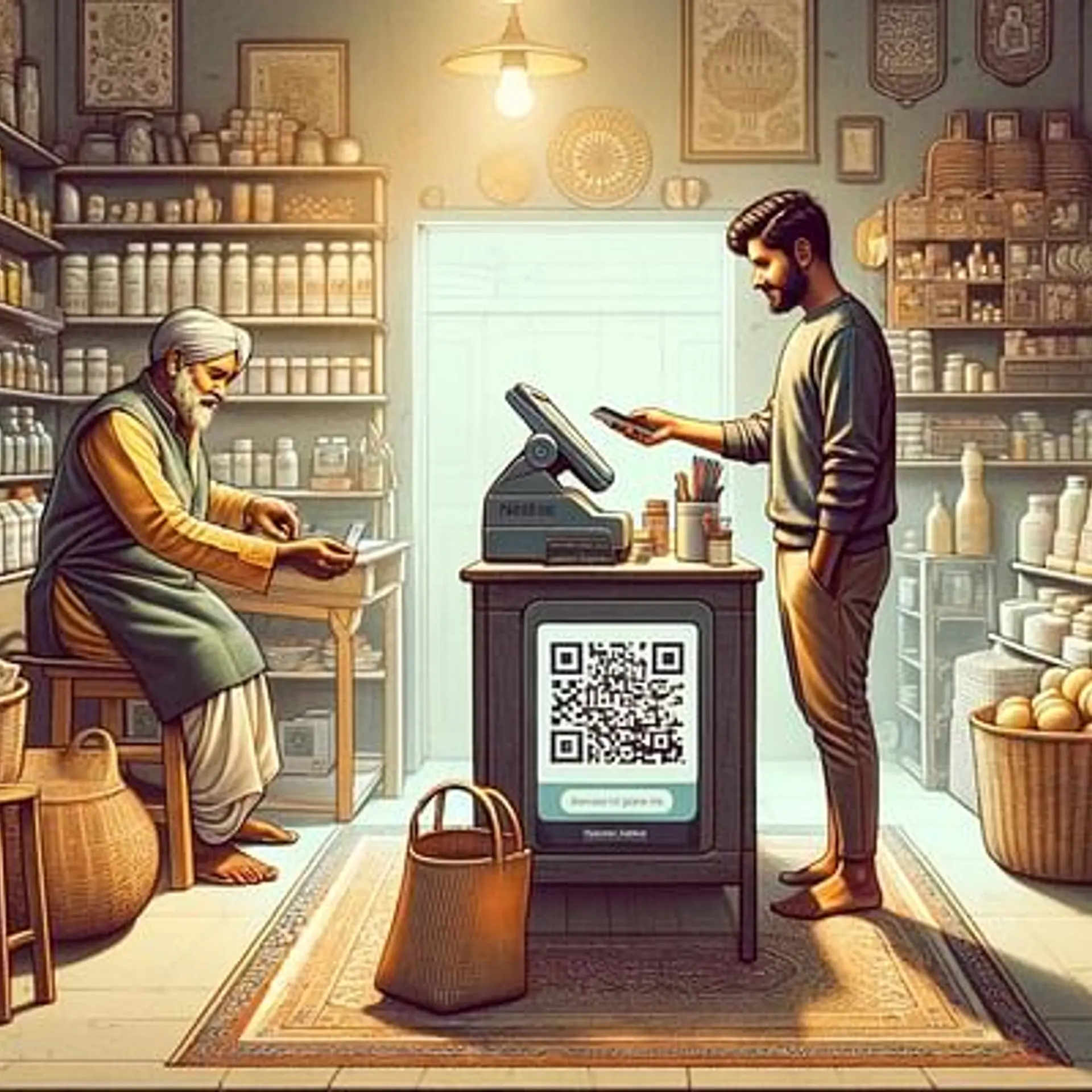
“To call woman the weaker sex is a libel; it is man’s injustice to woman. If by strength is meant brute strength, then, indeed, woman is less brute than man. If by strength is meant moral power, then woman is immeasurably man’s superior. Has she not greater intuition, is she not more self-sacrificing, has she not greater powers of endurance, has she not greater courage? Without her, man could not be. If non-violence is the law of our being, the future is with woman … Who can make a more effective appeal to the heart than woman?” — Mahatma Gandhi
In the clamour of the everyday challenges women in India face, we often forget to reflect and celebrate our achievements and also remember the champions (both men and women) who positively impacted our lives and stood by us. Women have played a pivotal role in India’s history, its freedom fight, politics, education and of course in shaping our notions of culture and family values. For these women many a times, men have been instrumental in championing and supporting them. As a young girl my heroine was Jhansi Laxmibai, I read everything I could about her, personalized her in my mind in many ways and also drew courage to stand up to my convictions from her stories. Laxmibai stood up to her convictions against the British and even though she didn’t win the battle — we still remember her as a winner. But what is winning anyways? Isn’t it about standing up to your convictions during happy and tough times?
I recently went to Jhansi, something I have wanted to do for many years. So finally when I made it out there, I not only visited the popular tourist landmarks but also had a local guide take me to the trail of Laxmibai’s fight against the British siege of 1858. While I was aware of Laxmibai’s role in the revolt of 1857 and her bravery, this trip revealed many subtle qualities of Laxmibai and the extent of her influence on the role of women in modern day Jhansi. For one, she was ambidextrous in addition to being adept at shooting, horsemanship, and fencing. During her rule women were also given military training to fight a battle, she had a contingent of elite women warriors. The male guide who accompanied us was immensely proud of his queen and mentioned “Laxmibai embodied what women are capable of…in our communities women play an important role.” Listening to these stories, I was intrigued what made Laxmibai so brave? Where did that courage come from?
Laxmibai was raised by her father, who was also her biggest supporter, encouraging her to learn to read and write, practice horse riding and train in martial arts. Her mentor Peshwa of Bithoor and her husband Raja Gangadhar Rao Newalkar were also supportive of her aspirations. At the age of roughly 28–29, after the death of her husband, Laxmibai was catapulted into conflict to protect her adopted son’s right to ascend the throne. Even in those times, she proved herself as an equal and was considered fiercer than her male counterparts. Her story demonstrates an important lesson that I am a true believer of —
Equality then and today doesn’t have to be handed over to us, it is something we can and should seek for ourselves.
That said, I believe it is imperative for women to have a catalyst either an individual or an institution that empowers her to be equal. In laxmibai’s case it was her father who empowered her to become an able woman — who demonstrated courage, leadership and grit.
In recent times, the story of Malala comes to my mind. Men and women in the Swat Valley were being killed for standing up to the Taliban and there was this young girl who decided she was going to take them head on. One of her biggest supporters was her progressive father who gave her the values and moral fabric to do so. Similarly, Mahavir Singh Phogat, whose dreams of winning a medal for his country were fulfilled by his daughters. As we all watched with mesmerising amazement in Dangal, how he was able to go from being disappointed when his wife gave birth to four daughters to then believing in them and grooming them to become world class wrestlers. In all these real life stories, there were men who went against the norm and showed the way forward for their daughters, may this community continue to grow.

In the conundrum of India, there have also been traditional institutions that empowered women. The Khasis of Meghalaya and Nairs of Kerala two communities from diverse parts of India promoted and lived by a matrilineal culture where women played a dominant role. Usually, daughters of the family inherit ancestral property, husbands live in the mother-in-law’s home and the children take the mother’s surname! In these communities, the birth of a girl is celebrated while the birth of a son is simply accepted.
Sometimes it is an individual and sometimes it is an institution that provide the environment and the opportunity for women to step up. This year’s International Women’s Day theme — #BeBoldforChange made me think about the women’s movements in India and elsewhere that have impacted each of us in ways we are perhaps not aware. If we did not have an individual or an institution supporting our endeavours, women have still stood up for their rights and succeeded.
“Freedom cannot be achieved unless women have been emancipated from all forms of oppression… Our endeavors must be about the liberation of the woman, the emancipation of the man and the liberty of the child.” — Nelson Mandela
For example, the suffragette movement, which fought for women’s right to vote in the early 20th century across many other countries took several years to accomplish its goal. At the time the U.S. was founded, women did not share all of the same rights as men, including the right to vote. In the United States, women won the right to vote, only in 1920, and in Saudi Arabia this happened in 2015!

While the news today is dominated with continued discrimination, unaddressed gender biased pay gap, and harassment that women face be it in villages or urban areas as well as, at home or at the work place, it is still important that we take a moment and celebrate the distance we have covered and reflect on the distance we need to conquer.
While we are on this journey a few things that I want to look out for in the coming years and months -
Firstly, I strongly believe we need men in our communities to nurture, support and celebrate women to achieve their potential and be pathbreakers. Dalai Lama said
“I call myself a feminist. Isn’t that what you call someone who fights for women’s rights?”
Just like Jhansi, Malala and Geeta Phogat were championed by their fathers, men should not shy away from the word “feminism”. If men could pledge to fight for equal opportunities for their daughters, mentor women in their organisations and if they all embraced “feminism” — I’m sure our organizations, our communities and our world would be a better place. I personally hope more men and more of our leaders will believe in equality being the new normal — where it is not just women but also men as fathers, husbands, friends and sponsors enable women’s rights and equality.
“We must carry forward the work of the women who came before us and ensure our daughters have no limits on their dreams, no obstacle to their achievements and no remaining ceilings to shatter.” — Barack Obama
Secondly, women must make the choice to face their challenges and stand up for what is right. And yes, there is always a cost to fight for one’s convictions. We must accept that and not feel victimised but rather focus on building our skills and temperament to deal with it and build a support system that empowers us to aim high, be strong and seek out fairness. Moreover, women must do more for other women — we must support each other, enable each other and celebrate each other’s success.
Lastly, while we embrace #BeBoldForChange let us stay authentic and true to who we are — this change could mean inner change, to not conform to the perceived norm, and break away from our inner limitations or self-created constraints. We must embrace the challenges as a “woman” and not be radical for the sake of it. As our Prime Minister Narendra Modi says
“We must think beyond “women development,” and move towards “women-led development.”
I hope each one of us can take the lead into a brighter future, seek equality, and better opportunities by speaking up, being courageous and make the most of every life challenge.
Acknowledging Divya Hegde, a contributor to this article. Divya is a Kstart fellow
Disclaimer : It is strictly an independent opinion of the writer, not representative of Kstart or Kalaari.
This article first appeared on Medium







